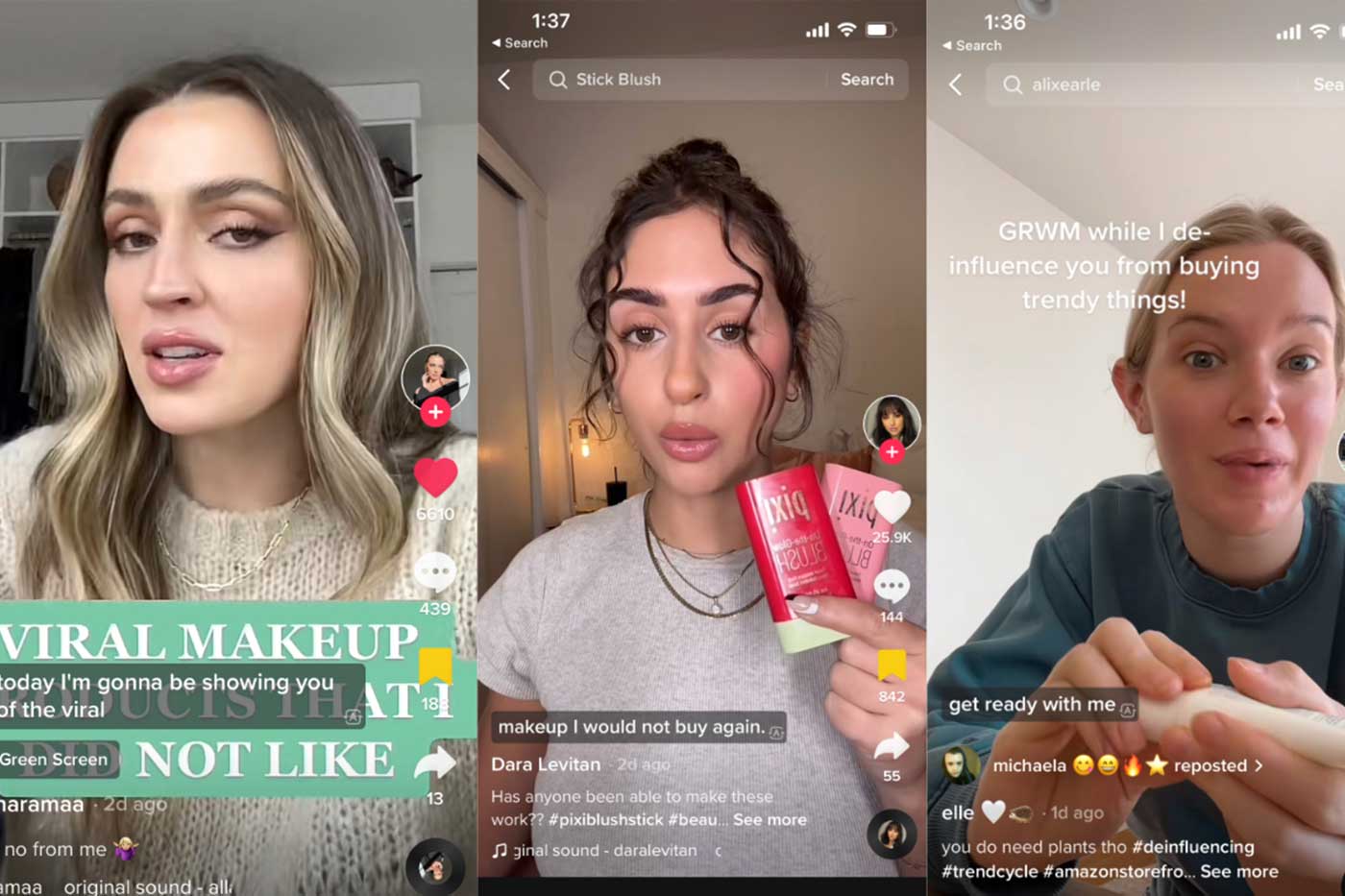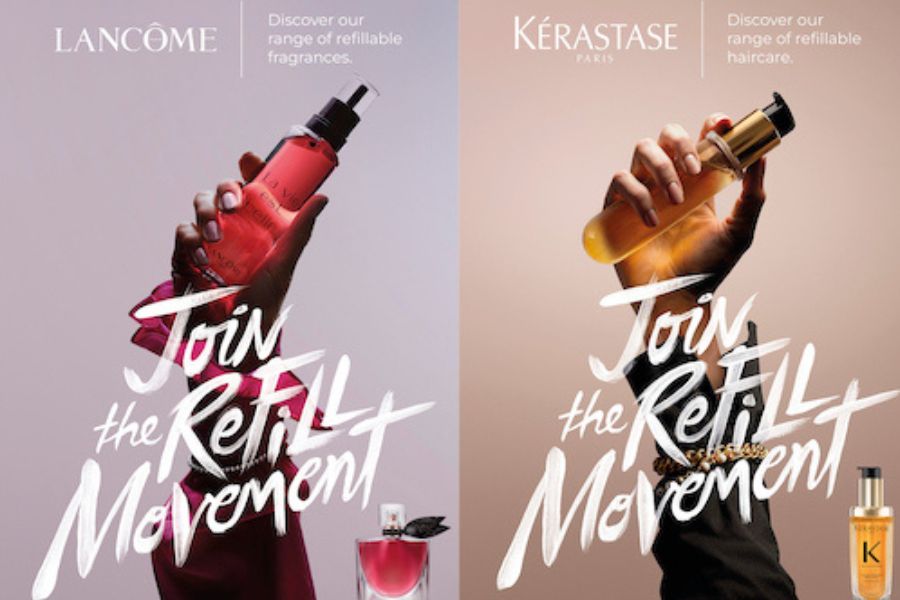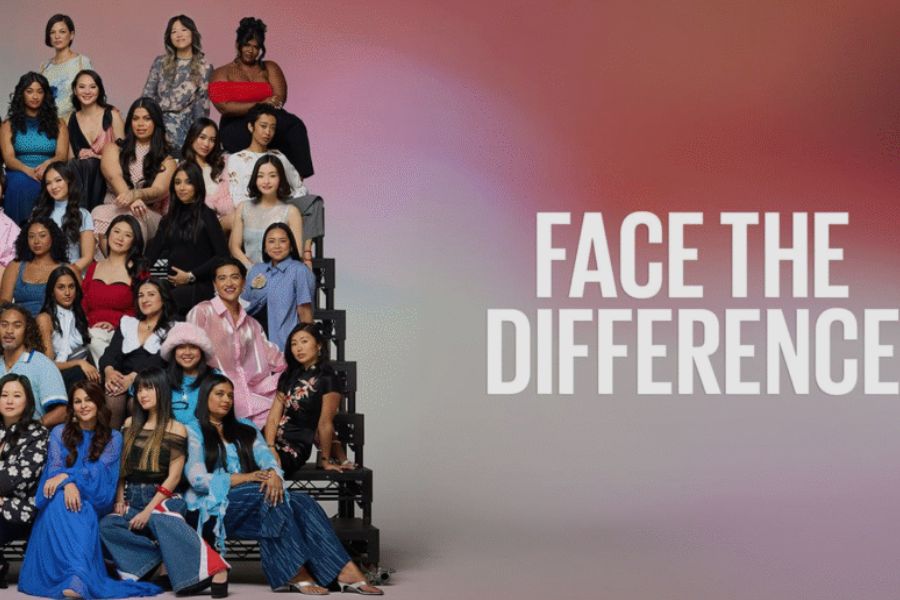De-influencing is another form of influencing. It is when the influencer gives negative feedback about a product or brand. This helps facilitate authenticity, honesty and transparency between the influencer and the viewers. It provides the content creators with the opportunity to express their honest opinions on the products.
‘De-influencing is emerging as a trend in India while already being a big trend on TikTok in the US. In de-influencing videos, content creators sharing their honest reviews on a product that they think their viewers must avoid purchasing. These videos also provide better, cheaper alternatives to the product that is being dumped by the influencer. These videos help the consumers to make smarter purchases.
Previously, ‘Anti-haul’ videos on You Tube served a similar purpose. The creators of these videos advised the viewers to not buy certain products. Initially, the brands used to be unhappy that their product was criticised and wouldn’t want to work with the creators but now things are changing! Now, brands take the feedback seriously.
The content creation industry is heavily sponsored by brands and so the product reviews echo the brand communications which could be at times, misleading. De-influencing videos restore the viewer’s faith in the content of these creators, as no brand would pay anyone to speak negatively about their products. To ensure credibility, de-influencing videos must be supported by proper evidence and documents. The effects of this trend will be beneficial not just for the content creators but also the brands as the viewer’s will trust the influencer’s word and make a purchase if the influencer recommends.
Brands need to analyse how legitimate, widespread and impactful the accusation made by the de-influencing videos actually are. The brands must have an honest communication with the consumers to acknowledge the criticism and explain if it is legitimate or not. This trend can also be a great opportunity for the brands to learn about their users preferences, which will help them create better products to cater to the consumer’s needs better.







